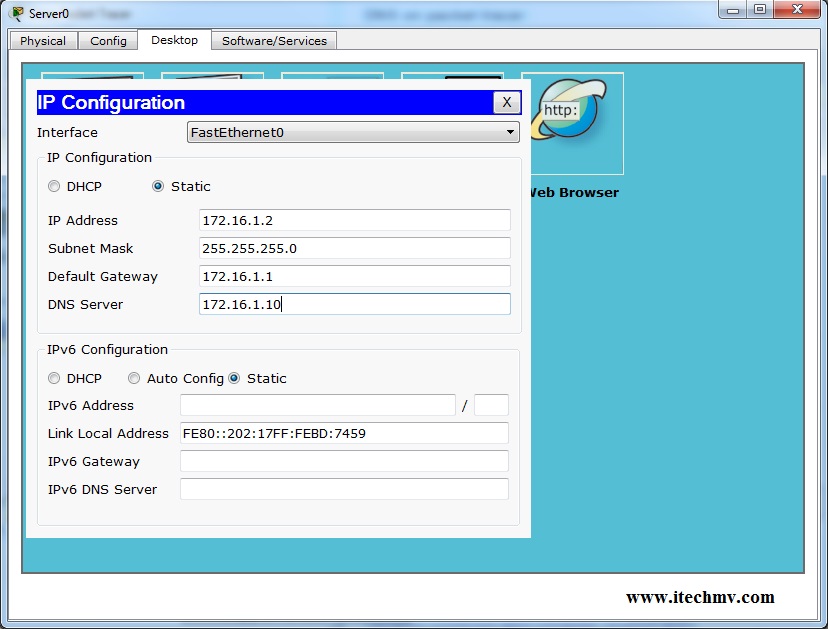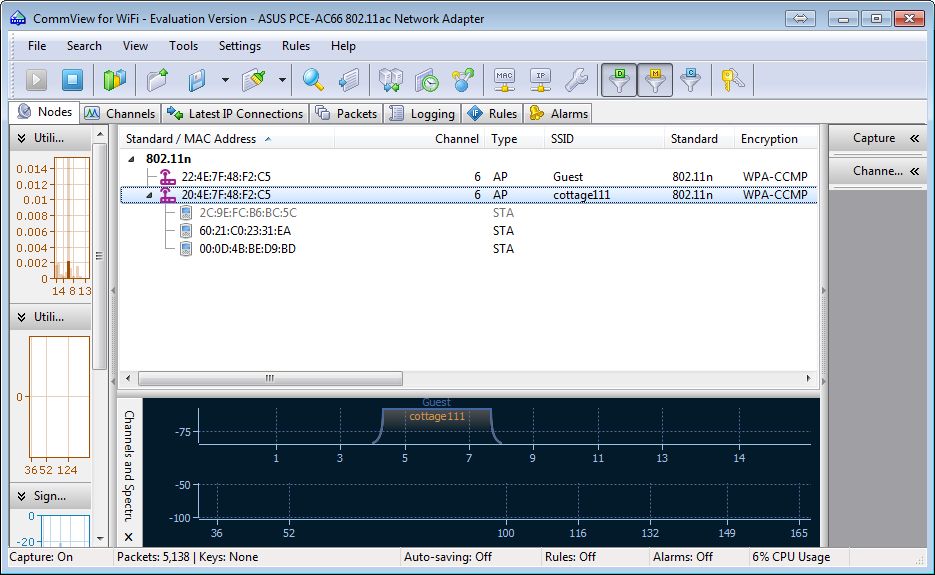



In this case, it’s that the network administrator is the only one who can “unlock” the port, which can cause problems when there are legitimate reasons to change out devices. However, as you know, there’s usually a downside. When using port security, you can prevent devices from accessing the network, which increases security. Of course, implementing any security solution always involves a trade-off - most often, you trade increased security for less convenience. Most of the time, network administrators configure the switch to send a SNMP trap to their network monitoring solution that the port’s disabled for security reasons. If any other MAC address tries to communicate through the port, port security will disable the port. In its most basic form, the Port Security feature remembers the Ethernet MAC address connected to the switch port and allows only that MAC address to communicate on that port. Let’s look at how you can use Cisco’s Port Security feature to protect your organization. I turned to switch port security to help solve the problem. Remember, not everyone recognizes the importance of effective security measures, and you don’t want to trust your network’s security to their apathy. What frightened me the most were the various viruses or worms that their PCs might contain. The idea that anyone could just come in and access our network scared me - and the possibility should scare you too. At my organization, we had salesmen coming in to demo products, and they would just pull the Ethernet jack off a PC and connect it to their laptop, hoping to get Internet access. You might think this an unlikely scenario, but it does happen. For example, can anyone walk into your office, plug in a laptop, and access your network? You might argue that the wall jack has no connection to a switch, but couldn’t someone just pull the Ethernet cable from a working PC and connect to the network that way? Learn the basics of port security, and find out how to configure this feature.Ī growing challenge facing network administrators is determining how to control who can access the organization’s internal network - and who can’t. One way to boost network security is to use Cisco's Port Security feature to lock down switch ports.


 0 kommentar(er)
0 kommentar(er)
